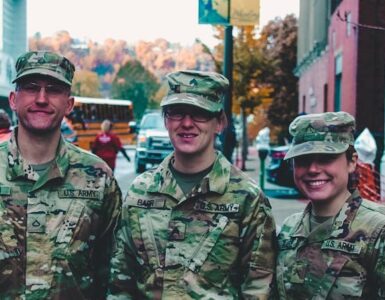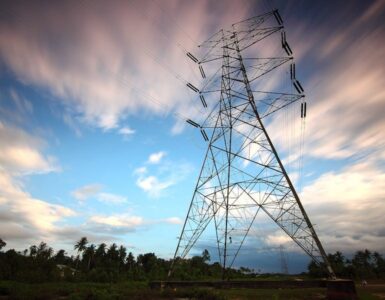Recently the Governing Board of the National Assessment of Educational Progress (NAEP) released a study noting the academic progress of Arizona students above and beyond the national average. Subsequent to that, a personal finance website specializing in social media rankings said Arizona has the third worst K-12 system. One of these things is not like the other.
A survey of education experts and an analysis of academic citations conducted by the publisher of Education Week ranked the NAEP the most influential K-12 information source and separately the most influential K-12 study. Meanwhile, Arizona Republic editorial columnist Bob Robb compared the WalletHub ranking to a household appliance, summarizing a previous iteration of the WalletHub K-12 list thusly:
WalletHub is a personal finance website that makes its money from advertising and premium listings on the site. It has come up with a brilliant marketing strategy. It collects data from other sources, tosses it into a blender, and spits out a list of the best and worst states and cities about various things…WalletHub, however, isn’t a serious social science research outfit, as this report amply demonstrates.
Let’s look inside the blender of this year’s WalletHub ranking methodology, with some comments in bold. Some (but far from all) of the questionable ranking measures include:
Projected High School Graduation Rate Increase Between 2018-2019 and 2031-2032 School Years (The Class of 2032 attended kindergarten last year. What does someone’s projection about 2032 have to do with the quality of schools in 2019?).
Share of High School Graduates Who Completed ACT and/or SAT) (Arizona public universities do not require ACT/SAT scores for admission purposes for all students, so the rate of students taking the exams is low, but this doesn’t mean that Arizona K-12 schools are bad.)
Share of Licensed/Certified Public K–12 Teachers (Researchers have established that teacher certification is unrelated to student learning gains.)
Pupil-Teacher Ratio (Average class size is an input rather than an outcome.)
The far more credible and highly respected NAEP publication had the following to say:
Over the last 12 years, Arizona has made steady progress on the National Assessment of Educational Progress (NAEP). Between 2009 and 2017, in fact, Arizona was among the top 10 jurisdictions with the largest score gains for fourth- and eighth-grade students in mathematics and reading.
NAEP also gave 4th and 8th grade science exams in 2009 and 2015, so in total NAEP gave six state-level subject matter exams between 2009 and 2015 – 4th and 8th grade math, reading and science respectively. Arizona was the only state whose students made statistically significant gains on all six of these exams. The average state made a net improvement of one compared to Arizona’s perfect six out of six. Arizona students have not only seen above-average academic gains, the improvement is broadly distributed.

I could go on but let’s just say that blenders everywhere should feel miffed that Robb compared them to the Wallethub’s K-12 ranking. Say what you will about blenders, but they have their uses.
















Add comment